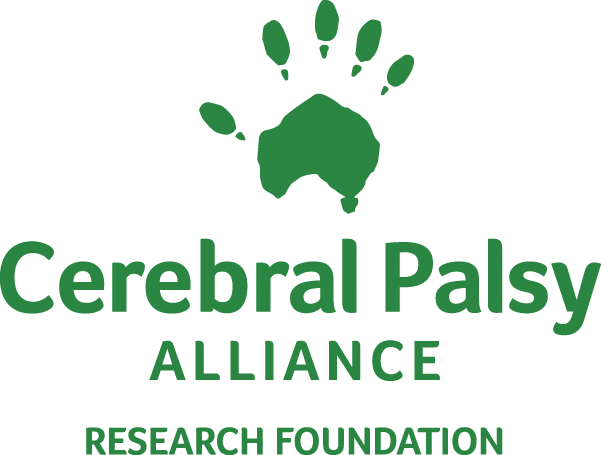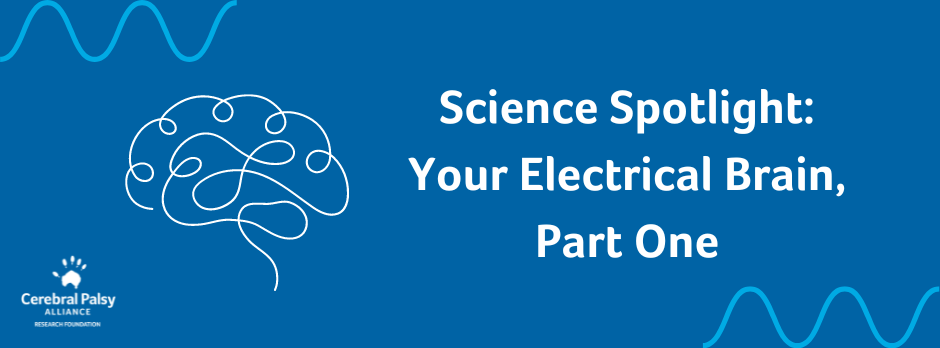
Cerebral Palsy and COVID-19: A Researcher's Perspective
The CPARF team recently connected with Dr. Joline Brandenburg of Mayo Clinic to learn more about her work researching COVID-19 and how it affects people with cerebral palsy. We're so grateful that she shared her insights with us, and we are thrilled to be able to share them with you. This is the second of two posts.
We were excited to see that you and your team studied the relationship between cerebral palsy, respiratory function, and COVID-19. Please tell us more about your results and what they mean for people with cerebral palsy.
Thank you so much for your excitement. We are also very excited about the work we are doing in advancing the understanding of the pathophysiology of cerebral palsy. In our lab, we are investigating the relationship between the development of the motor neuron and the motor unit (i.e. the motor neuron and the muscle fibers it innervates) in congenital hypertonia.
We find the motor neuron to be of great interest as this it is the driver of muscle activation and the focus of most spasticity interventions. Using a mouse with a genetic mutation that reliably results in the development of hypertonia symptoms early in life (“spa mouse”), we have identified abnormalities in the motor neurons and motor units. We started by looking a hindlimb muscle, as walking is invariably affected in individuals with cerebral palsy, before moving into the diaphragm muscle. We actually found similar results for both muscle groups and their motor neurons, which I will summarize.
In our young adult spa mice, we found fewer motor neurons with these motor neurons being smaller in size, thus having less heterogeneity of size. Fewer motor neurons indicate that each motor neuron must innervate a greater number of muscle fibers.
This can result in both reduced preciseness of movements, but also reduced success of a motor neuron getting a signal to the muscle fiber, which we term "neuromuscular transmission failure." This means that the muscle doesn’t always contract when it's supposed to. In the spa mice, we also found that this failure of transmission worsens if the muscle needs to contract repeatedly or sustain the contraction.
Motor neuron size is important as this contributes to orderly recruitment of muscle fibers. Smaller motor neurons typically innervate muscle fibers that do activities requiring less force, such as slow walking or regular breathing. When a greater force is needed, like to stand up, sprint, or cough, then larger motor neurons, which typically innervate muscle fibers that generate a high force are recruited in addition to the smaller motor neurons.
Thus, if all motor neurons are small in size, then it is likely that they all get recruited to perform a low force task with little left in reserve for high force activity. Interestingly, the pattern of fewer motor neurons and with the preserved motor neurons being small in the young adult spa mice is similar to what other members of our lab have found in healthy, very old (18-24 month) rats.
Based on these findings, we are expanding our work. We are investigating when in development this motor neuron loss is occurring along with why the motor neurons are smaller (i.e. failure to grow vs selective loss of large motor neurons) and the second is that we are aging a group of spa mice to evaluate how advanced age impacts the complement of motor neurons and the motor unit.
Simultaneously, we are also working to identify interventions to preserve motor neurons. One promising intervention being studied in neurodegenerative conditions is brain derived neurotrophic factor (BDNF). BDNF appears to have a role in preserving motor neurons in adults. We are just beginning the process of unraveling the impact of BDNF on motor neurons and motor units in development.
Thu 11 Apr 2024
In the first part of our newest Science Spotlight blog, learn how scientists can harness electricity to help with movement disorders that sometimes accompany cerebral palsy.
Thu 04 Apr 2024
Check out the final part of Rindi and Soren’s story.



